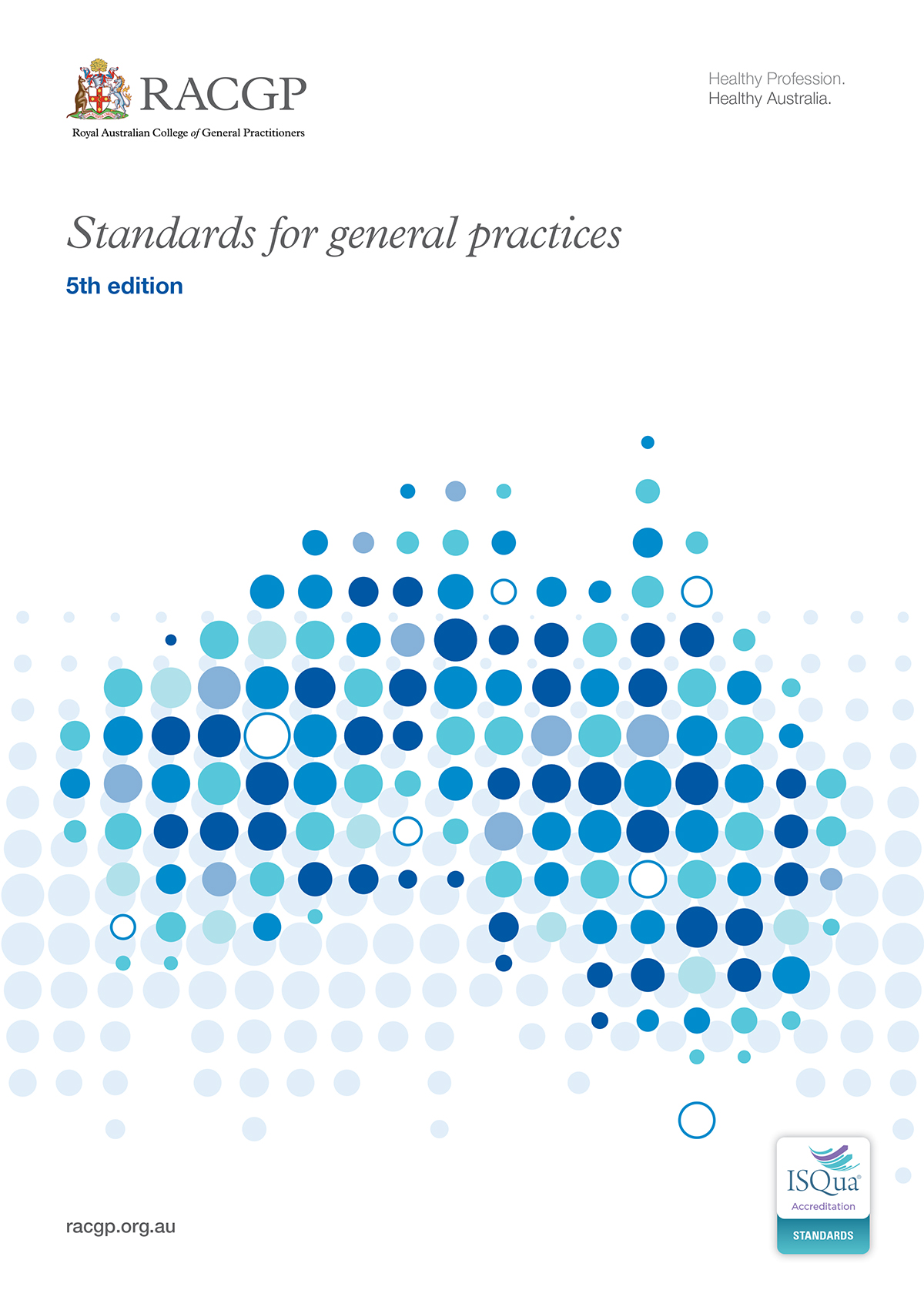
New Indicator QI 1.3 B – Our practice uses relevant patient and practice data to improve clinical practice
Data driven improvement is considered a foundational element of quality general practice. Quality improvement activities using data, such as practice audits and Plan, Do, Study, Act cycles, can help improve patient care.
Good quality data and data analysis can identify patients with particular medical conditions, find gaps in care and assist in improving practice processes. Data analysis can also assist with meeting accreditation requirements by finding gaps in practice data, for example: smoking status.
How can I meet this Indicator?
Step 1: Code consistently
The quality of the data that goes into your medical software = the quality of the data you can get out. If recorded in a standardised way, data can be retrieved for auditing, quality improvement and continuity of care.
Regular audits help to improve coding irregularities. CAT4 can help improve data quality by quickly displaying where the gaps are in accreditation items, demographic and clinical data. The Cleansing CAT feature generates the following six reports:
- Missing demographic data
- Missing clinical/accreditation data
- Indicated chronic kidney disease (CKD) patients where no diagnosis is recorded
- Indicated diabetes patients where no diagnosis is recorded
- Indicated mental health condition where no diagnosis is recorded
- Indicated chronic obstructive pulmonary disease (COPD) patients where no diagnosis is recorded
More information on Cleansing CAT is available on the Pen CS website.
Step 2: Disable free text
Using free text codes for diagnosis or reason for visit can cause ambiguity. In addition, free text is difficult to retrieve when doing audits and is often not picked up by CAT4. This can mean that the data you extract out of your system is not a real representation of the health needs of your patient population, nor the work of the team. Correctly coding improves the quality of your data. Contact your software provider to find out how you can turn off free text coding in your software.
Step 3: Cleanse data
Regular data cleansing helps improve the quality of your data. There are CAT4 recipes that clean up free text diagnosis in Best Practice and MedicalDirector. The following recipes will allow you to perform an initial clean of your data.
Step 4: Collect and analyse your data
You can either use your own software’s inbuilt report finder or the PEN Clinical Audit Tool, also known as CAT4 or PEN CAT.
CAT4 is the most widely used tool in Australian general practices for population health. It allows practices to examine their data to identify priorities, monitor changes in the health of their communities and perform quality improvement activities. It also enables practices to capitalise on business opportunities.
For more information on CAT4 visit our website or contact North Western Melbourne Primary Health Network (NWMPHN) by email: primarycare@nwmphn.org.au.
Step 5: Make changes based on your data
Once you have extracted and reviewed your data you can then use the data to make changes in your practice.
NWMPHN uses the Model for Improvement to support practices to conduct quality improvement. This model uses Plan, Do, Study Act (PDSA) cycles to make small incremental changes towards a larger goal. For a ‘how to’ guide to this model, view the NWMPHN Quality Improvement Guide and Tools.
Pen CS has published a number of CAT4 recipes that take you through ways to use your data to make improvements to clinical practice.
For example, you might choose a CAT4 recipe that identifies patients with diabetes who have not had an HbA1c percentage recorded in the past 12 months. You can then use the PDSA methodology to recall these patients to have their HbA1c checked as part of managing their diabetes care.
For more information on CAT4 recipes visit the Pen CS website.
Step 6: Keep a record of your quality improvement activities
As part of PIP QI, you may be required to show evidence of the quality improvement activities you have conducted over a 12-monthg period. One way to do this is to maintain a quality improvement register that records what you have tried, what has worked and not worked, what lessons you have learnt allows you to continue reflecting and improving.
Where can I get more information?
North Western Melbourne Primary Health Network (NWMPHN) has designed a new model based on quality improvement. This model represents an exciting new way for our PHN to work with practices in our region and will help your practice meet the requirements for PIP QI.
Even if you aren’t planning on claiming the PIP QI, this model will support you to look at your practice priorities and make improvements, with help from the PHN.
Fact sheet – our new general practice quality improvement program
This new approach to working with general practice commences in July 2019. Visits will be booked with all practices to discuss how this model can best work for you. If you would like to start the conversation now call us on (03) 9347 1188 or email primarycare@nwmphn.org.au.
Other resources
- NWMPHN has also developed a Quality Improvement Guide and Tools, which includes templates and examples to help you understand how to complete quality improvement activities in your practice.
- The RACGP’s Quality Improvement and Continuing Professional Development (QI&CPD) Program offers a wealth of quality improvement tools and guides including clinical audit mechanisms.
- The National Prescribing Service (NPS) also offers free quality improvement activities that help GPs review their prescribing habits.
Disclaimer: This article was provided by NWMPHN. While every effort has been made to ensure the information is accurate, North Western Melbourne Primary Health Network does not warrant or represent the accuracy, currency and completeness of any information or material included within.




